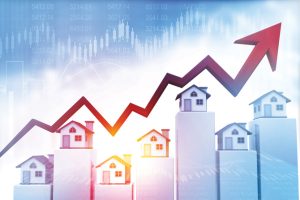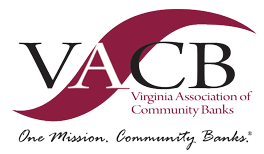Community bankers have always stepped up to be the backbone in the large cities or small towns they serve. Community bankers were at the forefront of the mission to provide PPP loans to the small businesses in their markets. The industry proved it could be nimble in a time of great distress. Their communities needed community bankers, and they answered the call.
Environmental, Social and Governance (ESG) discussions in the investing world have quickly become ubiquitous. ESG criteria are standards of a company’s operations that socially conscious investors use to screen potential investments. Environmental criteria consider how a company performs as a steward of nature. Social criteria examine its relationships with employees, suppliers, customers, and the communities where it operates. Governance evaluates a company’s leadership, executive pay, internal controls, and shareholder rights. In this article, we’re going to focus on the “E” in ESG.
In 1946, Oscar-award-winning composer Richard Sherman wrote “It’s A Small World (After All),” a song likely on the Top Ten list of earworms for anyone who has visited Disneyland or Disney World in Orlando. Seventy-five years later, everyday events keep reminding us that Mr. Sherman’s catchy sentiment was right on the money.
No matter if you live in Richmond, Rome, or Rio, you likely shared similar concerns about the COVID-19 virus, whether it was fear of falling ill, the stability of your job or bank, or the impact on your family, friends, or local
community. Beyond the pandemic, not a day goes by that we don’t learn of a natural calamity affecting parts of the world near and far that could just as easily hit home. Our screens are filled with Mother Nature’s fury in the form of floods, fires, drought, wind, tidal surges, and the list goes on. The vast majority of the scientific community warns that our global climate is changing in ways that will significantly impact all humans. We can expect these events to be more frequent with increasing force. Events considered once-in-a-century are now happening much more often. All 7.8 billion (and counting) of us that inhabit this planet, despite our vast differences, have a vested interest in the health of Earth.
Or, in Mr. Sherman’s words: “There’s so much that we share.”
The last thing community bankers seek is something to add to their plate of responsibilities. From managing margins in a zero-interest rate environment, working with customers as they meet the challenges of the pandemic, to maintaining a strong workforce during a labor shortage, there is plenty to keep everyone busy.
Why add concerns about the environment to a never-ending to-do list? It would be shortsighted not to!
Strategizing to become more eco-friendly could provide a foundation for improving the profitability of your bank over the long term. How? By bringing together members of your team to pursue a common goal. Efforts to become more “green” could reduce costs, improve your reputation, and make your institution more appealing to investors and potential employees, especially the future generation of leaders we are all struggling to attract. In a Gallup Poll conducted in 2018, 29% of those polled who were 55 and older believed climate change would pose a serious threat in their lifetime. For 18- to 34-year-olds, the result was 51%. Our future leaders, shareholders, and customers will value an institution that takes this issue seriously. That same group is likely to share a proclivity toward an organization that takes the “S” and “G” in ESG to heart as well.
Start with the simple, low-cost opportunities like promoting recycling, reducing paper use, reusing/repurposing older equipment or other items, refusing to use non-biodegradable products, or finding ways to reduce energy usage. Build upon that by offering an electric vehicle (EV) charging station in your parking lot or purchasing energy produced through renewable sources. Provide financing to companies leading the charge to a cleaner environment. Turn non-permeable areas around your branches into more natural environments. Doubtless, a group of talented bankers could come up with even more creative ideas. Then, promote your efforts through social media and other outlets to differentiate your bank.
The tax code provides incentives to invest in clean energy appliances and sources. The proposed budget framework making its way through Congress (at the time of this writing) would extend many of these incentives, including retrofitting buildings to make them more energy-efficient. These incentives, combined with accelerated depreciation opportunities, can reduce payback periods for these investments.
Community bankers have always stepped up to be the backbone in the large cities or small towns they serve. Community bankers were at the forefront of the mission to provide PPP loans to the small businesses in their markets. The industry proved it could be nimble in a time of great distress. Their communities needed community bankers, and they answered the call. The climate change challenge is a slower-moving crisis, but the time to start acting is now.
Regulators are implementing frameworks to standardize the reporting and disclosure of ESG metrics. For now, these standards will primarily affect large companies hoping to attract large socially conscious investors or mutual funds. As we all know, standards and expectations that affect the largest companies in our economy eventually trickle down to smaller operators. Why not get ahead of this trend and differentiate your bank from your competitors in a meaningful way that could actually improve the potential of your institution?
Steven D. Halpern, CPA, is a Principal on the Financial Institutions Team at YHB|CPAs & Consultants. Steve can be reached at steve.halpern@yhbcpa.com or 443-725-5395.












